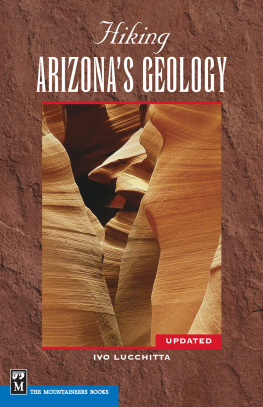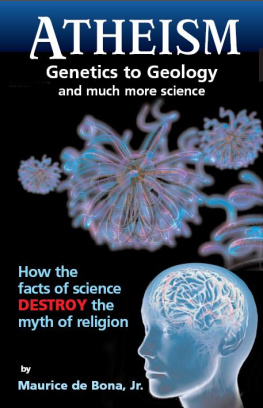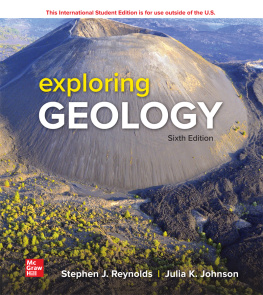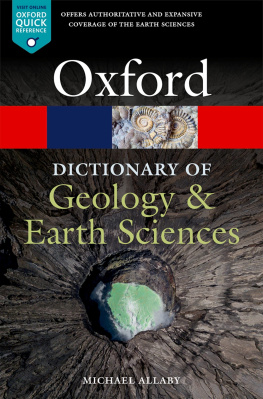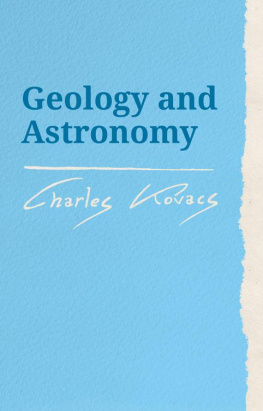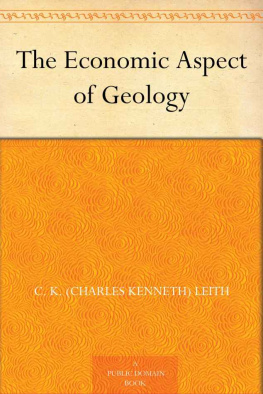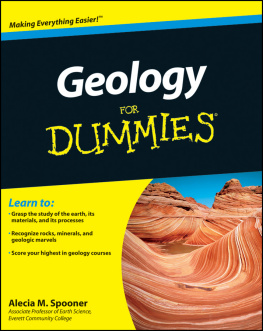CK-12 Earth Science For High School
To access a customizable version of this book, as well as other interactive content, visit www.ck12.org
No more static textbooks! CK-12 Foundation updates all its FlexBooks on a regular basis. Please visit us at www.ck12.org to access the latest version of this FlexBook and to see previews of coming attractions.
CK-12 Foundation is a non-profit organization with a mission to reduce the cost of textbook materials for the K-12 market both in the U.S. and worldwide. Using an open-content, web-based collaborative model termed the FlexBook. CK-12 intends to pioneer the generation and distribution of high-quality educational content that will serve both as core text as well as provide an adaptive environment for learning, powered through the FlexBook Platform.
Copyright 2011 CK-12 Foundation, www.ck12.org
The names "CK-12" and "CK12" and associated logos and the terms "FlexBook" and "FlexBook Platform" (collectively "CK-12 Marks") are trademarks and service marks of CK-12 Foundation and are protected by federal, state and international laws.
Any form of reproduction of this book in any format or medium, in whole or in sections must include the referral attribution link http://www.ck12.org/saythanks (placed in a visible location) in addition to the following terms.
Except as otherwise noted, all CK-12 Content (including CK-12 Curriculum Material) is made available to Users in accordance with the Creative Commons Attribution/Non-Commercial/Share Alike 3.0 Unported (CC-by-NC-SA) License (http://creativecommons.org/licenses/by-nc-sa/3.0/), as amended and updated by Creative Commons from time to time (the "CC License"), which is incorporated herein by this reference.
Complete terms can be found at http://www.ck12.org/terms.
ISBN :Not Available
Authors
Dana "" Desonie
Say Thanks to Authors
Click http://ck12.org/saythanks
(No Sign in required)
Chapter 1: HS What is Earth Science?
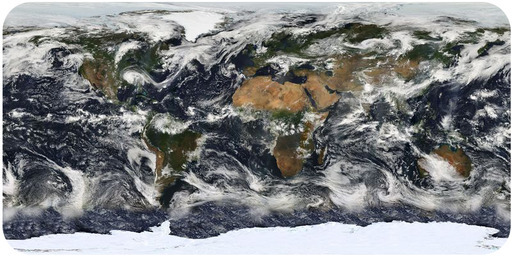
Earth science is the study of our home planet and all of its components: its lands, waters, atmosphere, and interior. In this book, some chapters are devoted to the processes that shape the lands and impact people. Other chapters depict the processes of the atmosphere and its relationship to the planets surface and all our living creatures. For as long as people have been on the planet, humans have had to live within Earths boundaries. Now human life is having a profound effect on the planet. Several chapters are devoted to the effect people have on the planet. Chapters at the end of the book will explore the universe beyond Earth: planets and their satellites, stars, galaxies, and beyond.
The journey to better understanding Earth begins here with an exploration of how scientists learn about the natural world and introduces you to the study of Earth science.
The Nature of Science
Lesson Objectives
- Identify the goal of science.
- Explain the importance of asking questions.
- Describe how scientists study the natural world.
- Explain how and why scientists collect data.
- Describe the three major types of scientific models.
- Explain how a scientific theory differs from a hypothesis.
- Describe appropriate safety precautions inside and outside the science laboratory.
Vocabulary
- conceptual model
- control
- dependent variable
- hypothesis
- independent variable
- mathematical model
- model
- physical model
- scientific method
- theory
Introduction
Science is a path to gaining knowledge about the natural world. The study of science also includes the body of knowledge that has been collected through scientific inquiry.
To conduct a scientific investigation, scientists ask testable questions. To answer those questions, they make systematic observations and carefully collect relevant evidence. Then they use logical reasoning and some imagination to develop hypotheses and explanations. Finally, scientists design and conduct experiments based on their hypotheses.
Goal of Science
Scientists seek to understand the natural world. Scientists begin with a question and then try to answer the question with evidence and logic. A scientific question must be testable. It does not rely on faith or opinion. Our understanding of natural Earth processes help us to understand why earthquakes occur where they do and to understand the consequences of adding excess greenhouse gases to our atmosphere.
Scientific research may be done to build knowledge or to solve problems. Scientific discoveries may lead to technological advances. Pure research often aids in the development of applied research. Sometimes the results of pure research may be applied long after the pure research was completed. Sometimes something unexpected is discovered while scientists are conducting their research.
Some ideas are not testable. For example, supernatural phenomena, such as stories of ghosts, werewolves, or vampires, cannot be tested. Look at this website to see why astrology is not scientific: http://undsci.berkeley.edu/images/astrology_checklist.pdf.
Scientists describe what they see, whether in nature or in a laboratory. Science is the realm of facts and observations. However, science does not make moral judgments, such as It is bad that the volcano erupted and opinions are not relevant to scientific inquiry. Scientists might enjoy studying tornadoes, but their opinion that tornadoes are exciting is not important to learning about them. Scientists increase our technological knowledge, but science does not determine how or if we use that knowledge. Scientists learned to build an atomic bomb, but scientists didn't decide whether or when to use it. Scientists have accumulated data on warming temperatures. Their models have shown the likely causes of this warming. But although scientists are largely in agreement on the causes of global warming, they can't force politicians or individuals to pass laws or change behaviors.
For science to work, scientists must make some assumptions. The rules of nature, whether simple or complex, are the same everywhere in the universe. Natural events, structures, and landforms have natural causes. Evidence from the natural world can be used to learn about those causes. The objects and events in nature can be understood through careful, systematic study. Scientific ideas can change if we gather new data or learn more. An idea, even one that is accepted today, may need to be changed slightly or be entirely replaced if new evidence is found that contradicts it. Scientific knowledge can withstand the test of time. Accepted ideas in science become more reliable as they survive more tests.
Scientific Method
You have probably learned that the scientific method is the way scientists approach their work. The scientific method is a series of steps that help to investigate a question. Scientists use data and evidence gathered from observations, experience, or experiments to answer their questions.


